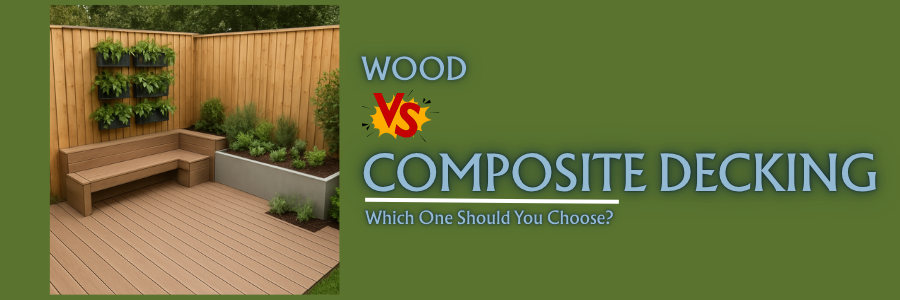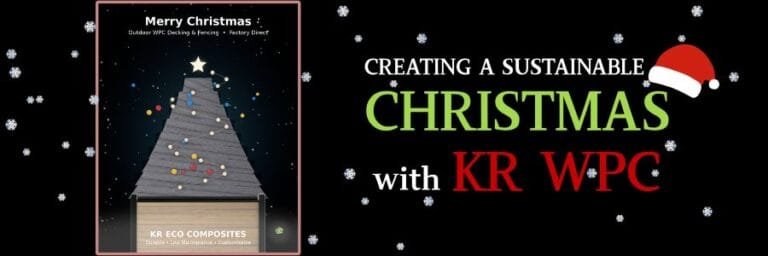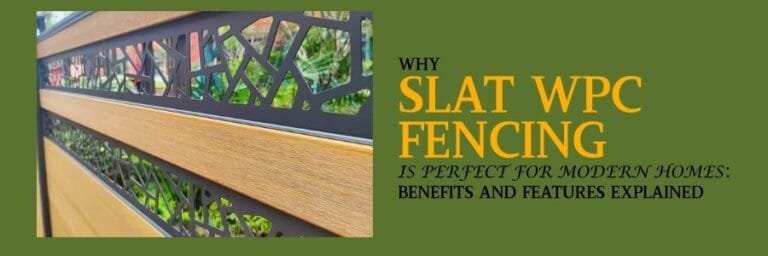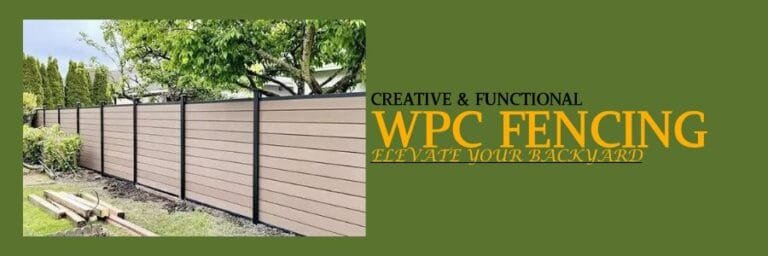Introduction: A Decking Decision That Lasts for Years
Ever wonder why so many folks are chatting about Wood vs. Composite Decking: Which One Should You Choose? over coffee these days? Outdoor living spaces have exploded in popularity—and they aren’t just eye candy. The global outdoor deck and patio market was valued at USD 15.7 billion in 2024 and is on track to hit USD 23.0 billion by 2032, growing at a healthy 4.9% CAGR Congruence Market Insights. With that kind of momentum, your deck is more than a lounging spot—it’s a long-term investment in your comfort and curb appeal.
Here’s the thing: when you weigh traditional wood against modern composite decking (like KR WPC), you’re looking at two different worlds. Wood has that classic, natural vibe, but it demands TLC. Composite boards blend wood fibers and recycled plastics into WPC, giving you sleek results with less elbow grease. In this guide, we’ll look into performance, upkeep, looks, and eco-impact—so you can figure out which deck will be your forever hangout.
By the way, if you’re curious about KR WPC’s full lineup of colors and finishes, check out our gallery here—it’s a visual treat.
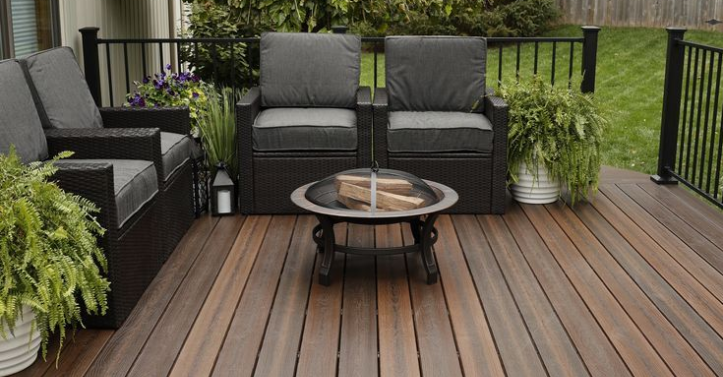
Material Composition and Durability
What Are They Made Of?
Wood
- Pressure-treated pine, cedar, redwood—straight from the sawmill.
- Natural grain, knots, and texture give each board unique character.
Composite (WPC)
- Wood fibers (sawdust, scrap)—often FSC-certified.
- Recycled plastics (HDPE grocery bags, plastic film)—Trex uses over 400 million pounds of film each year.
- Additives: UV stabilizers, pigments, bonding agents for weather resistance.
Resistance to Weather and Wear
- Composite resists moisture, rot, mold, insects, and splintering—no surprise it can last 25–30 years or more.
- Wood needs sealing or staining every 1–2 years to fend off rot, warping, and cracking.
Longevity
| Material | Expected Lifespan | Warranty Range |
| Composite | 25–50 years | 25–50 years (brands vary) |
| Wood (PT) | 10–20 years (with care) | 5–10 years |
Composite boards often outlive wood by a decade or more, thanks to that plastic-wood combo sealing out the worst of sun and rain.
Maintenance and Upkeep
Cleaning Needs
- Composite: Grab some mild soap and water, give it a scrub once a season—piece of cake.
- Wood: Break out the pressure washer (gentle setting!), deck brush, cleaner, then sand, stain, and seal—usually every 1–2 years.
Time and Cost of Long-Term Maintenance
- Composite saves labor: annual inspections + seasonal wash.
- Wood feeds a maintenance habit:
- Cleaning & sealing: $2.25–$5.00 per ft² each cycle.
- Over 10 years, a wood deck can rack up $4,000 just in upkeep—ouch.
- Cleaning & sealing: $2.25–$5.00 per ft² each cycle.
Appearance Over Time
- Composite: Fades minimally—manufacturers add fade-resistant pigments.
- Wood: Natural patina is charming, but expect cracks, splits, and color shifts if you skip a seal.
Cost Considerations
Initial Costs
- Wood: $2–$6 per ft² (pressure-treated pine on the low end).
- Composite: $6–$17 per ft², depending on brand and profile.
Lifetime Value
- Composite often wins ROI. You might spend 2× up front, but you avoid $4,000+ in maintenance over a decade.
- Poll: Which one matters more to you—saving today or saving over 20 years? Vote here!
Hidden Costs with Wood
- Tools & equipment: pressure washer, sander, brushes.
- Chemical supplies: cleaners, sealers, stains.
- Labor: either your own weekends or a pro’s hourly rate.
Environmental Impact
Sustainability of Materials
- Composite: Uses recycled plastics and reclaimed wood flour, diverting waste from landfills.
- Wood: Responsible sourcing (FSC) helps, but timber harvesting has impacts.
Deforestation and Resource Use
- Wood can be renewable if managed well, but demand still stresses forests.
- Composite cuts down on single-use plastics and wood scraps, though production requires energy.
End-of-Life
- Composite WPC: Some boards are recyclable into new composites—or repurposed as landscape timber.
- Wood: Often burned or landfilled after decades of service.
Aesthetic Differences
Natural Look and Feel
- Wood: Real texture, scent of cedar in the morning, natural imperfections.
- Composite: Authentic-looking grain and embossing, but smoother to the touch, uniform color.
Style Variety
- KR WPC and peers come in an array of colors, grain patterns, and finishes—from slate gray to warm tropical brown.
Consistency
- Composite: Produces boards that match batch to batch, which helps with visual flow.
- Wood: Color and grain vary board to board—sometimes beautifully unique, sometimes uneven.

Conclusion: Which One Is Right for You?
Choose Wood If…
- You want lower upfront cost and love that authentic scent and feel.
- You don’t mind regular Saturday afternoon maintenance—consider it therapy.
Choose Composite If…
- You’re after minimal upkeep, long life, and a more eco-friendly footprint.
- You’d rather spend weekends grilling than staining.
KR WPC: Built for Modern Decking Needs
With its blend of recycled materials, fade-resistant finish, and decades-long warranty, KR WPC hits a sweet spot for homeowners who value both style and simplicity. Decking that lasts should let you relax, not work overtime.
FAQ
Can composite decking be painted or stained?
Usually, composite boards come pre-tinted. Painting or staining isn’t recommended—pigments may not bond well.
Which decking is better in wet climates?
Composite resists moisture far better than wood. No rot, mold, or splinter worry.
How slippery is composite compared to wood when wet?
Top-of-the-line composites have textured, embossed surfaces to improve traction when damp.
Which material is more eco-friendly: wood or composite?
Composite uses recycled plastic and wood scraps, reducing waste—but wood’s renewable nature can be greener if FSC-certified. It’s a trade-off.
Does composite decking get hotter than wood in the sun?
Some darker composite colors absorb more heat. Light tones and specialized reflective caps help keep surfaces cooler.

